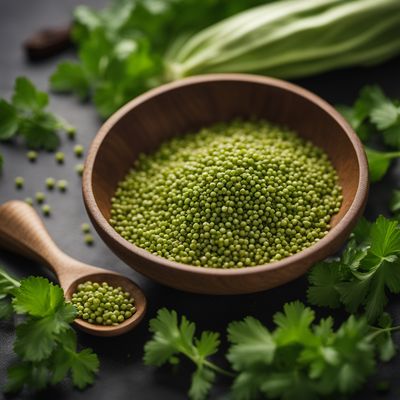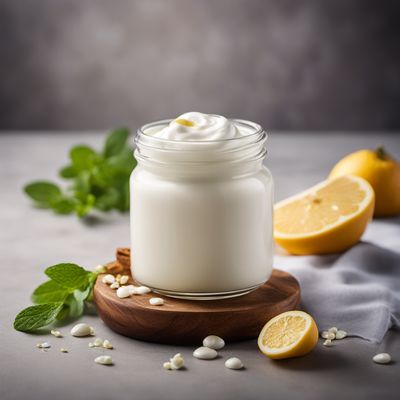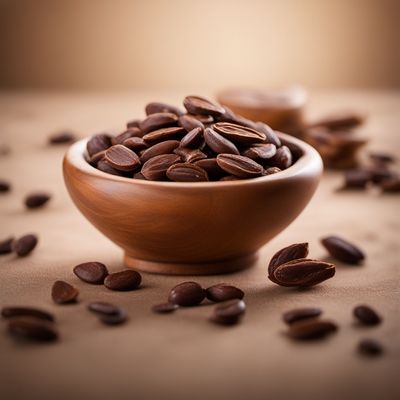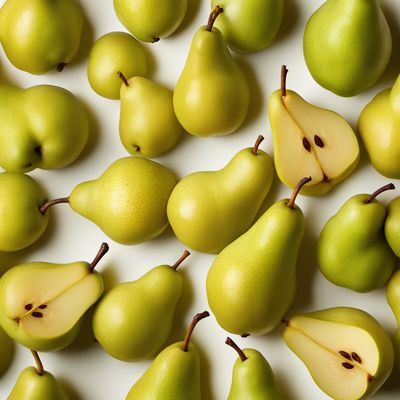
Ingredient
Coconut flavour
The Tropical Essence: Exploring Coconut Flavour
Coconut flavour is a concentrated extract derived from coconuts, capturing the essence of their tropical goodness. It possesses a rich, creamy, and slightly sweet taste, reminiscent of fresh coconut flesh. The flavor is often used to enhance baked goods, ice creams, smoothies, and curries, providing a delightful tropical twist. Its pale yellow color and smooth texture make it easy to incorporate into various recipes.
Origins and history
Coconuts are native to tropical regions and have been cultivated for centuries in countries like India, Indonesia, and the Philippines. They hold significant cultural and culinary importance in these regions, where coconuts are used in a wide range of traditional dishes and beverages. The versatile nature of coconuts has made them a staple ingredient in many cuisines around the world.
Nutritional information
Coconut flavour is low in calories and fat, making it a suitable choice for those watching their weight. It also contains small amounts of essential minerals like iron and potassium. However, it is important to note that coconut flavour is primarily used in small quantities for flavoring purposes, so its nutritional impact is minimal.
Allergens
Coconut flavour is derived from coconuts, which are not known to be common allergens. However, individuals with tree nut allergies should exercise caution and consult with their healthcare provider before consuming coconut flavour.
How to select
When selecting coconut flavour, opt for reputable brands that use high-quality coconuts in their extraction process. Look for products that are free from artificial additives or preservatives. Additionally, check the expiration date to ensure freshness.
Storage recommendations
To maintain the freshness and quality of coconut flavour, store it in a cool, dry place away from direct sunlight. Avoid exposing it to extreme temperatures or moisture, as it can affect its flavor and longevity. Once opened, tightly seal the container to prevent any moisture or contaminants from entering.
How to produce
Coconut flavour is typically produced by extracting the essence from fresh coconuts through various methods, such as cold-pressing or solvent extraction. However, as it is a concentrated extract, it is not commonly produced at home by amateur cooks.
Preparation tips
Coconut flavour can be used in a variety of sweet and savory recipes. Add a few drops to your favorite smoothie, milkshake, or cocktail for a tropical twist. It can also be incorporated into baked goods like cakes, cookies, and muffins to infuse them with a delightful coconut aroma and taste. Additionally, coconut flavour pairs well with curries, stir-fries, and marinades, adding a touch of the tropics to savory dishes.
Culinary uses
Coconut flavour is commonly used in the food and beverage industry, particularly in the production of desserts, confectionery, and tropical-flavored beverages. It is also a popular choice among home cooks and bakers who want to add a tropical twist to their creations.
Availability
Coconut flavour is widely available in both physical and online stores, making it accessible to consumers worldwide.
More ingredients from this category » Browse all

Coriander flavour
The Versatile Herb: Coriander Flavor

Sage flavour
The Savory Herb: Unleashing the Essence of Sage Flavour

Yoghurt flavour
The Creamy Indulgence: Yoghurt Flavour

Spearmint flavour
The Refreshing Essence of Spearmint

Sour cream cherry flavour
The Tangy Twist of Cherry Sour Cream

Sweet chili flavour
Fiery Fusion

Fennel flavour
The Versatile Herb with a Licorice Twist

Tea green flavour
The Enchanting Elixir: Unveiling the Delicate Flavors of Green Tea

Carob flavouring
Carob Flavouring: A Natural Alternative

Pear flavour
The Essence of Pear

Grape concord flavour
The Bold and Sweet Essence of Concord Grapes

Bacon flavour
The Smoky Sensation of Bacon